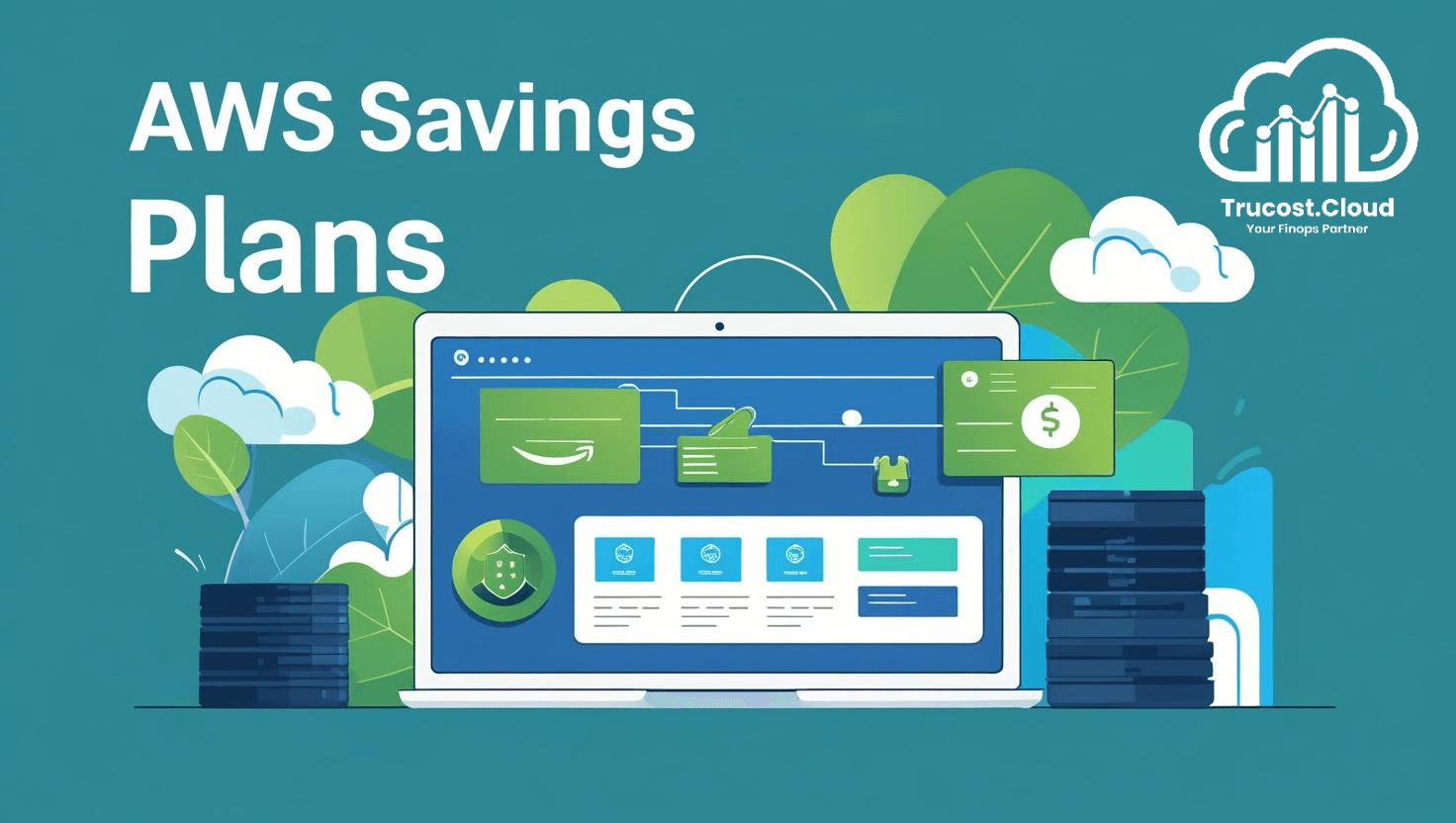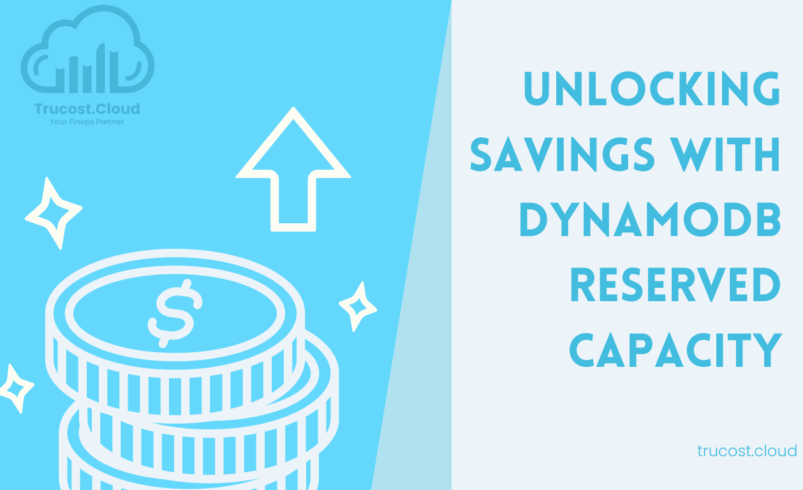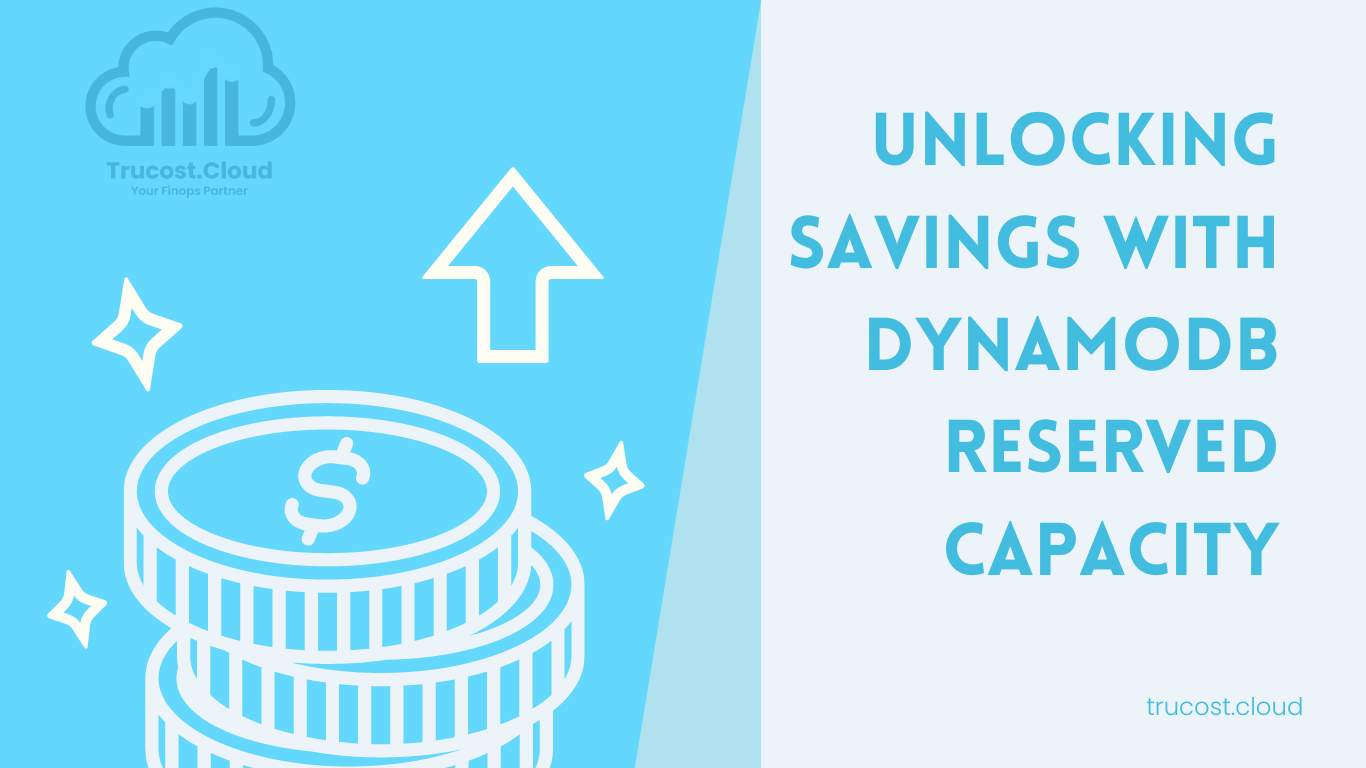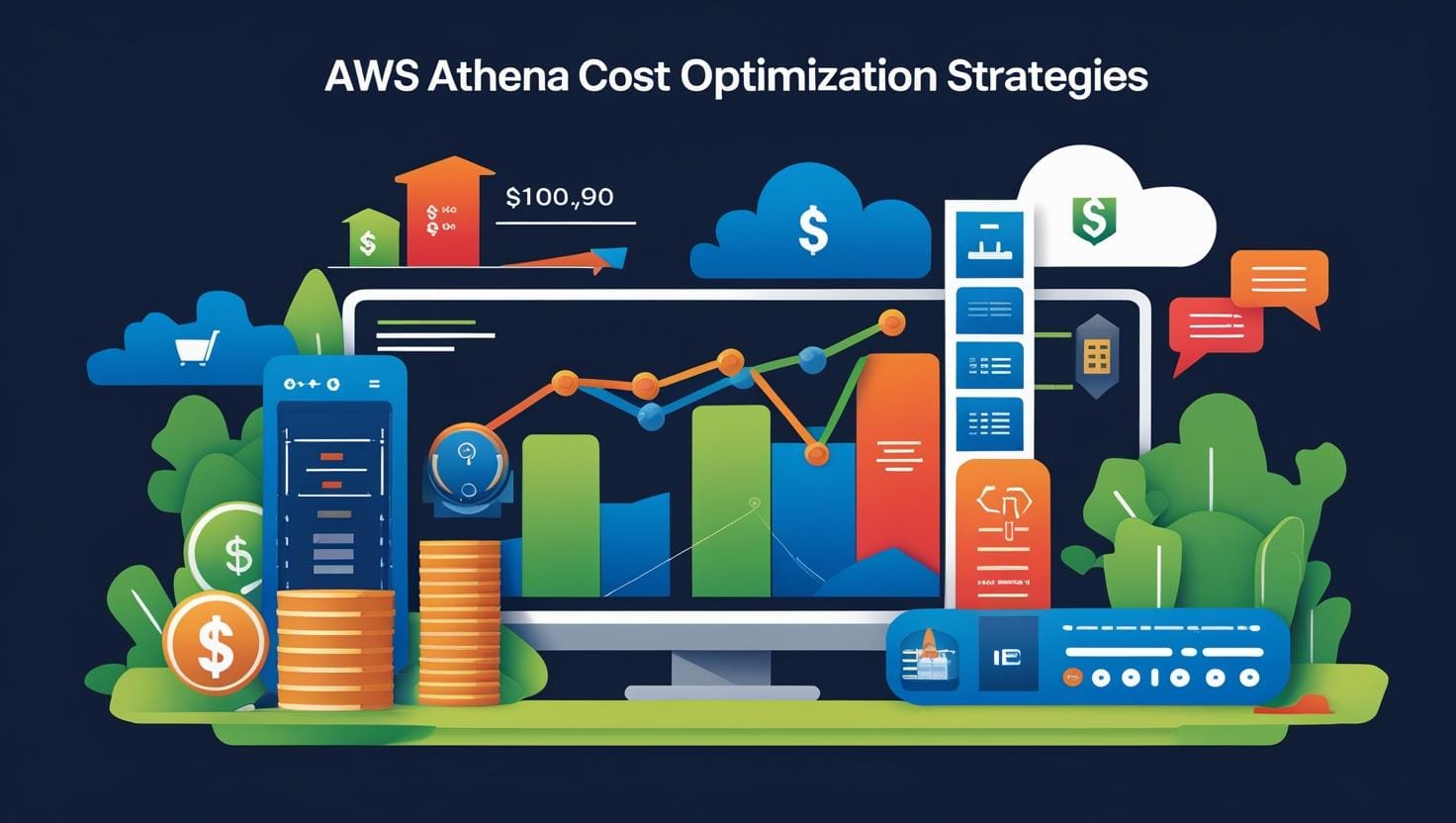
1 Powerful Tip To Maximize AWS Cloud Savings: The Ultimate Guide to AWS Savings Plans for Cost Optimization
In today’s fast-paced, cloud-driven world, businesses are constantly striving to strike the perfect balance between performance and cost. As cloud adoption skyrockets, controlling AWS Cloud Financial Management expenses becomes essential for staying ahead of the competition. AWS Savings Plans offer a smart, flexible way to slash your cloud costs while empowering your business to innovate and scale with ease.
But what exactly are AWS Savings Plans, and how can they help you save on your AWS bill? Let’s dive in.

What Are AWS Savings Plans?
AWS Savings Plans are flexible pricing models that offer significant discounts on AWS usage in exchange for a consistent commitment to a certain level of usage (measured in dollars per hour) over one or three years. This model allows businesses to save up to 72% on their AWS compute costs, making it one of the most effective cost optimization tools for cloud environments.
Savings Plans apply to various AWS services, including EC2 instances, Lambda, and Fargate. By committing to a fixed amount of usage, you can leverage these discounted rates without having to compromise on flexibility or performance.
There are two types of AWS Savings Plans:
1.Compute Savings Plans
Compute Savings Plans offer the most flexibility. These plans apply automatically to any instance across any region, size, operating system, or tenancy (on-demand or reserved). You can even switch between EC2, Fargate, or Lambda without worrying about losing your savings. This makes it an ideal choice for businesses that want to retain flexibility in how they use AWS.
2.EC2 Instance Savings Plans
These plans are more specific but offer higher savings compared to Compute Savings Plans. EC2 Instance Savings Plans apply to a specific instance family in a chosen region. For businesses with stable workloads that are unlikely to change instance families, this plan provides deeper discounts while still allowing flexibility within the chosen instance family.
Why Choose AWS Savings Plans?
The appeal of AWS Savings Plans lies in their ability to maximize cost savings while retaining the cloud’s inherent flexibility. Here’s why they might be a perfect fit for your business:
1. Maximize Cost Savings
With discounts of up to 72%, AWS Savings Plans can drastically cut your cloud bills. By analyzing your usage patterns and committing to a baseline, you can enjoy substantial savings on compute resources across AWS services.
2. Flexibility
Compute Savings Plans allow you to optimize workloads without worrying about losing out on savings when you switch services. You can change instance types, regions, or even services and still benefit from the discounts, which is a huge win for businesses with dynamic, scaling needs.
3. Simplicity
Unlike Reserved Instances (RIs), which require you to make a complex decision about the specific instance type and region at the start of the term, AWS Savings Plans offer more simplicity. The discounts apply automatically to any eligible compute usage, helping you avoid the complexity of managing multiple RIs.
How to Implement AWS Savings Plans Effectively
To make the most out of AWS Savings Plans, it’s crucial to align your business’s usage patterns with the appropriate plan. Here’s how you can optimize your savings:
1.Analyze Your Usage
Before committing to a Savings Plan, analyze your historical usage to understand your long-term consumption patterns. AWS Cost Explorer and the AWS Trusted Advisor can help you identify areas where Savings Plans would be most effective. Look for steady workloads that are likely to remain consistent over the next year or three years.
2.Choose the Right Plan
If your workloads are likely to change frequently across regions or instance types, a Compute Savings Plan will offer the most flexibility while still giving you significant savings. If your workloads are more stable, and you can commit to a specific instance family in a particular region, EC2 Instance Savings Plans may be the better option, thanks to their deeper discounts.
3.Monitor and Adjust
Cloud environments are dynamic, and your usage patterns may change over time. Regularly monitor your Savings Plans to ensure they still align with your usage. AWS provides the tools you need to track your savings and make adjustments to your plan if necessary.
Real-World Example: The Buffet Analogy
Think of AWS Savings Plans like a buffet. You’re committing to paying a set price for all-you-can-eat access to a variety of dishes (AWS compute services). Instead of paying for each dish individually (on-demand pricing), you pay a fixed price upfront, and you can eat as much as you want.
Let’s say your business is a grown man at the buffet (payer account), and you have two kids (linked accounts) who are part of the meal deal. The kids enjoy different dishes—maybe one loves pizza (EC2) and the other prefers salad (Lambda). Regardless of what they eat, you know you’ve already covered most of the cost with your buffet deal (Savings Plan commitment). Anything extra they eat beyond the buffet (on-demand pricing) is an additional cost, but for the most part, they’re covered.
By understanding your needs and committing to the right level of “food consumption,” you can enjoy a predictable cost and get more value out of your AWS investment.
Conclusion
AWS Savings Plans are a powerful tool for any organization looking to optimize its cloud costs while maintaining flexibility. By committing to consistent usage, businesses can unlock significant savings without compromising on performance or growth potential. Whether you have dynamic workloads that need flexibility or steady, predictable tasks that can benefit from deeper discounts, Savings Plans offer the perfect blend of cost-efficiency and adaptability.
Interested in learning more about how AWS Savings Plans can benefit your business? Reach out to explore how TruCost.Cloud can help you save and optimize your AWS spend without sacrificing performance or scalability.






